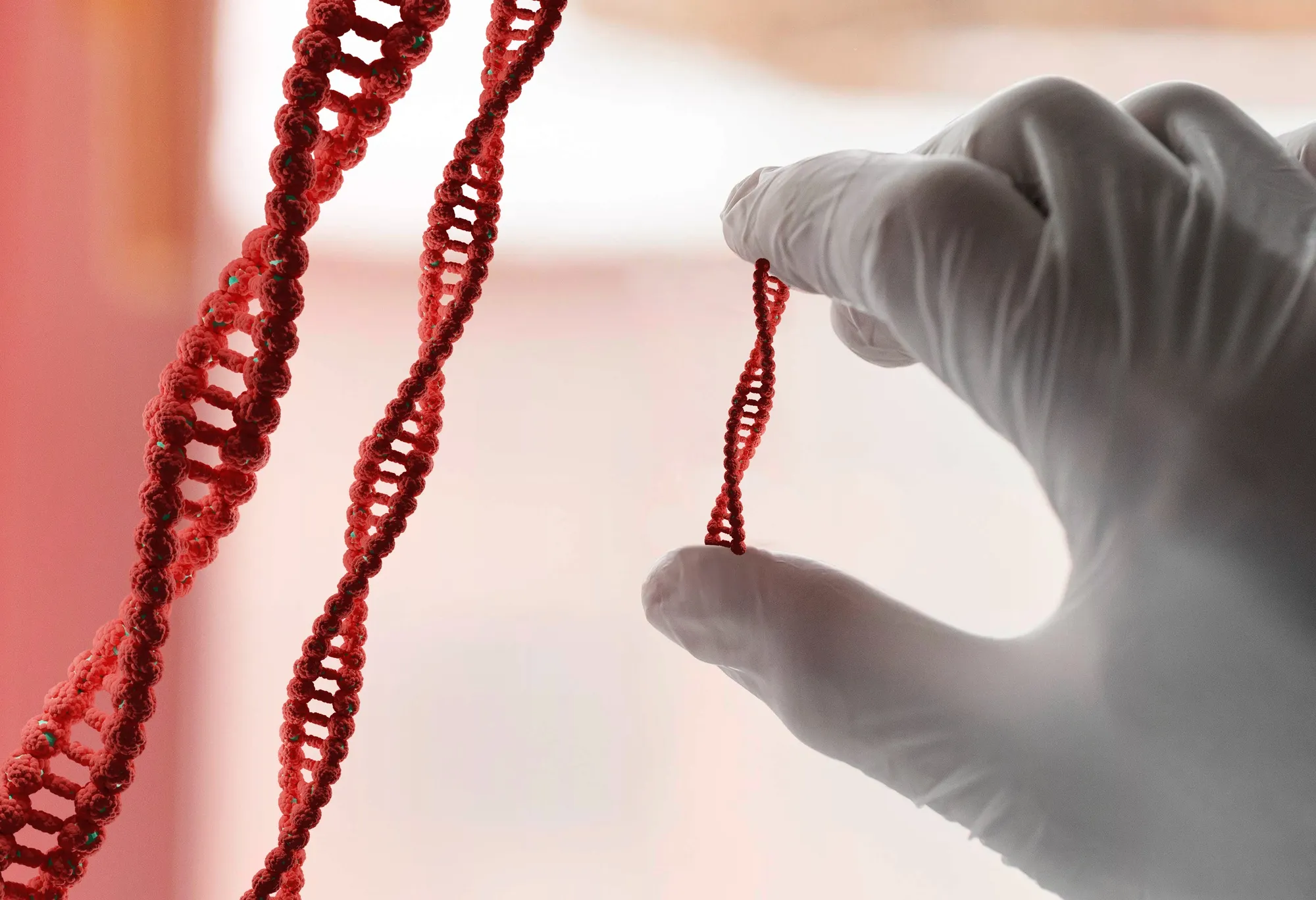Introduction
Chediak-Higashi Disease (CHD) is a rare, genetic disorder that has long been associated with a range of medical complications, including issues pertaining to cognitive and neurological function. A groundbreaking study, published in the ‘Orphanet Journal of Rare Diseases,’ offers new insights into the neuropsychological phenotype of CHD, delivering a nuanced understanding of the disease’s impacts on cognition. This elaborate examination of the disease may hold the key to unlocking better patient support systems and medical interventions. (DOI: 10.1186/s13023-019-1049-x)
Chediak-Higashi Disease (CHD) remains one of the most enigmatic and complex genetic disorders on the medical landscape today. Predominantly characterized by albinism, bleeding diathesis, and recurrent bacterial infections, CHD has consistently been linked with broad neurological implications. Despite the prevalence of these associations, the nature and extent of cognitive impairments in CHD patients had not been formally quantified until the work of Talia N. Shirazi, Joseph Snow, Lillian Ham, and their colleagues. Their pioneering research unravels the intricate shades of cognitive dysfunction often observed but seldom measured within CHD affected individuals.
Study Overview
The study, a prodigious effort by researchers at the National Institute of Mental Health and the National Human Genome Research Institute, focused on the cognitive profiling of 18 CHD patients. This group included 14 adults and four pediatric patients, with both sets subjected to an exhaustive battery of neuropsychological tests. These assessments spanned several domains, including memory, attention, processing speed, psychomotor speed, language fluency, executive function, and general intelligence.
Findings – A Contrast Between Children and Adults
One of the defining revelations from this study is the dichotomy that emerges between pediatric and adult patients. The children with CHD were found to perform within average ranges across cognitive tests, setting them apart from their adult counterparts, who displayed below-average performance nearly universally.
Specifically, notable difficulties emerged for adult CHD patients in tasks assessing memory and psychomotor speed. This finding was striking, with over three-quarters of these patients scoring in the lowermost percentile ranks. The trajectory of cognitive impairment did not show significant progression with time, as inferred from the follow-up evaluations conducted over an average span of nearly 40 months.
Bone Marrow Transplantation – A Double-Edged Sword?
A compelling subplot within this research narrative involves patients with classic CHD who underwent bone marrow transplantation (BMT). The study includes a small subset of such individuals and finds that these patients displayed moderately greater cognitive impairment compared to patients with atypical CHD who had not received BMTs.
This suggests that while BMT serves as a crucial interventional strategy for CHD, it may also carry adverse repercussions for cognitive integrity. It is an area ripe for further investigation, especially with regard to the timing of BMT and the resulting neuropsychological outcomes.
Cognitive Deficits – Rooted in Multifactorial Origins
The study postulates that the cognitive deficits observed in adult patients with CHD are likely the result of multiple intersecting factors. Central nervous system involvement is suspected to play a critical role, as are potential side effects and complications stemming from bone marrow transplantation.
Implications and Recommendations
The profound impact of CHD on adult cognition calls for a reassessment of support structures available to these patients. Educational and professional environments should consider special accommodations, further underscoring the need for individualized care strategies.
As the disease appears not to exhibit accelerated cognitive decline, the researchers emphasize the necessity for long-term monitoring that extends beyond the three-year milestone, to truly ascertain the progression or potential stabilizing of cognitive functions.
Future Directions
The exploratory analyses point toward an urgent need for future research dedicated to digging deeper into BMT’s effects on cognition and the mechanics propelling neuropsychological impairments in the face of CHD. Such research could illuminate pathways to enhance patient outcomes and quality of life, offering informed strategies for synergy between medical intervention and cognitive health.
Conclusion
The study by Shirazi and colleagues shines a piercing light on the cognitive labyrinth of Chediak-Higashi Disease. It underscores the pressing need for heightened awareness and targeted support for individuals grappling with the nuances of this genetic anomaly. In shaping future healthcare provision for CHD patients, this comprehensive neuropsychological portrait will serve as a pivotal reference point, guiding clinicians towards empathetic and data-driven care.
References
1. Shirazi et al. (2019). The neuropsychological phenotype of Chediak-Higashi disease. Orphanet Journal of Rare Diseases, 14(1), 101. DOI: 10.1186/s13023-019-1049-x
2. Kaplan, De Domenico, Ward (2008). Chediak-Higashi syndrome. Current Opinion in Hematology, 15, 22–29. DOI: 10.1097/MOH.0b013e3282f2bcce
3. Introne, Boissy, Gahl (1999). Clinical, molecular, and cell biological aspects of Chediak-Higashi syndrome. Molecular Genetics and Metabolism, 68, 283–303. DOI: 10.1006/mgme.1999.2927
4. Haddad et al. (1995). Treatment of Chediak-Higashi syndrome by allogenic bone marrow transplantation: report of 10 cases. Blood, 85, 3328–3333.
5. Tardieu et al. (2005). Progressive neurologic dysfunctions 20 years after allogeneic bone marrow transplantation for Chediak-Higashi syndrome. Blood, 106, 40–42. DOI: 10.1182/blood-2005-01-0319
Keywords
1. Chediak-Higashi Disease cognition
2. Chediak-Higashi neuropsychological phenotype
3. CHD cognitive impairments
4. Bone marrow transplantation cognitive effects
5. Rare genetic disorder cognitive research
